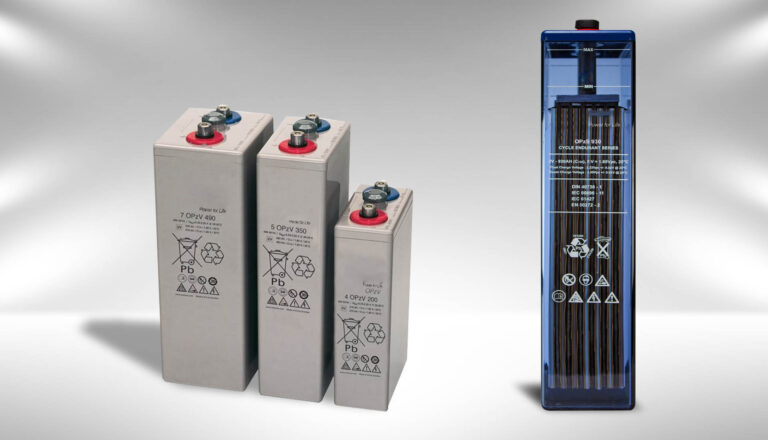
What Is the Most Essential Difference Between OPzV and OPzS Batteries?
The most essential difference between OPzV and OPzS batteries lies in the electrolyte medium and

The most essential difference between OPzV and OPzS batteries lies in the electrolyte medium and
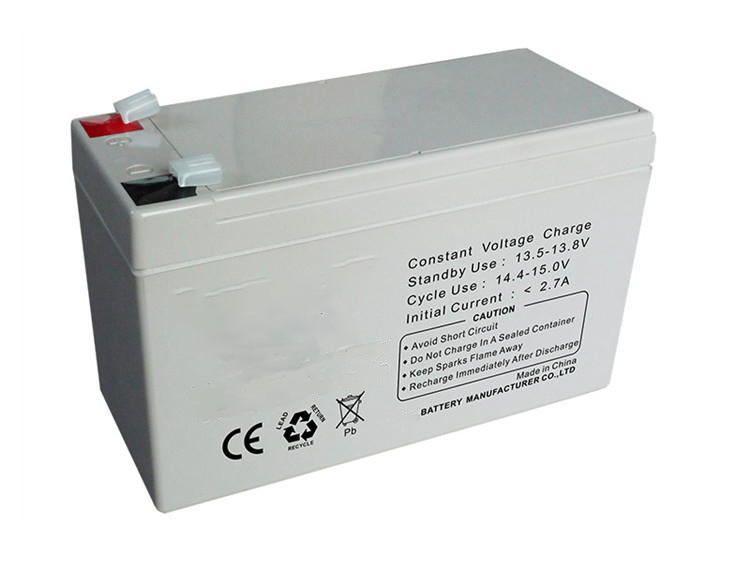
The electrolyte in lead-acid batteries is a solution of sulfuric acid (H2SO4) and water (H2O).
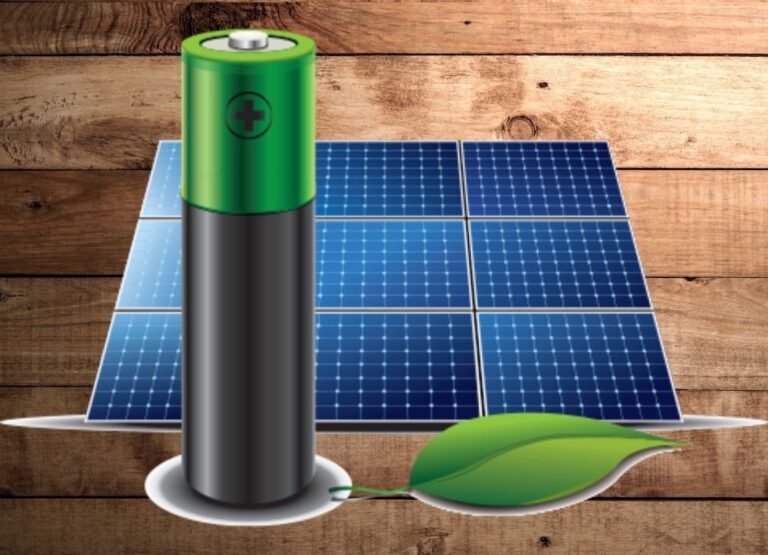
Lead-acid batteries can be harmful to the human body if not handled and disposed of
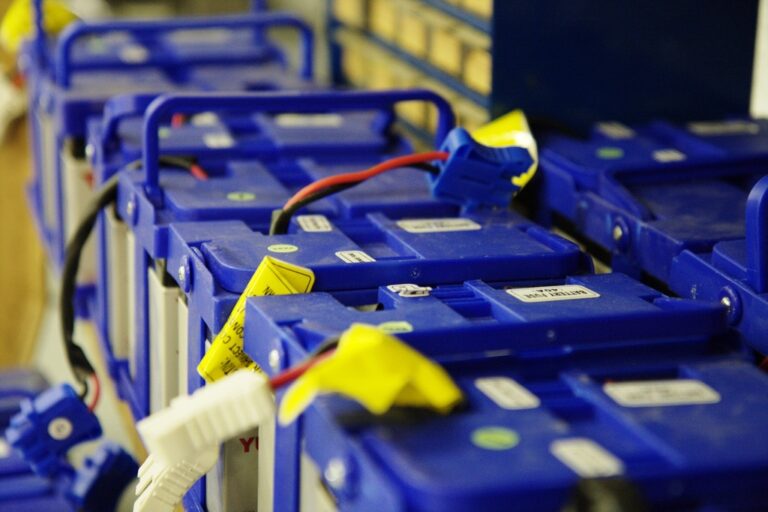
Testing the performance of lead-acid batteries is essential to ensure their functionality, identify potential issues,

The production process of lithium batteries involves several stages, from raw material extraction to final

Lead-acid batteries used in photovoltaic (PV) systems have specific requirements to ensure optimal performance, safety,
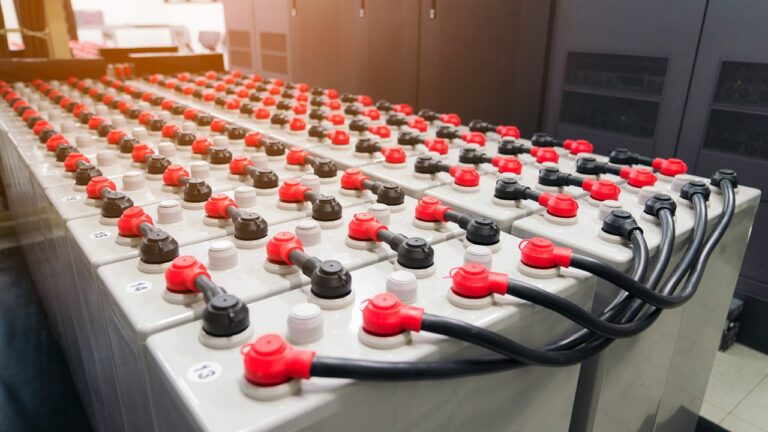
Transporting lead-acid batteries requires careful consideration due to their potential hazards. Always check and comply
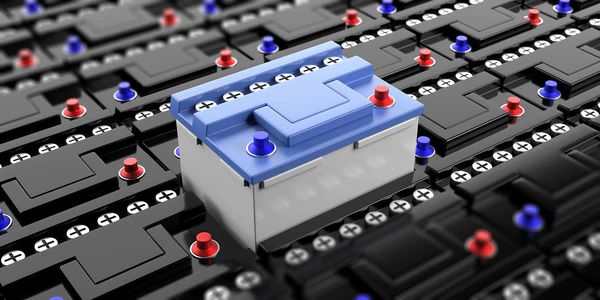
The operating temperature of lead-acid batteries typically ranges from -20°C to 50°C (-4°F to 122°F).
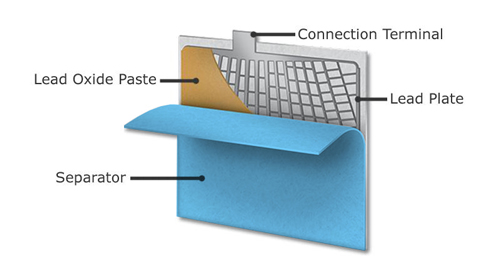
Lead-acid batteries consist of positive and negative plates immersed in an electrolyte. The design and
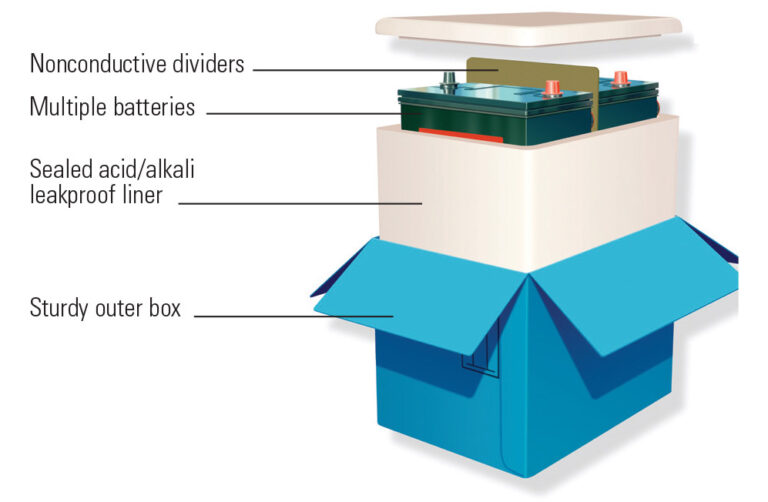
Transporting lead-acid batteries requires careful handling to ensure safety and compliance with regulations. Always consult